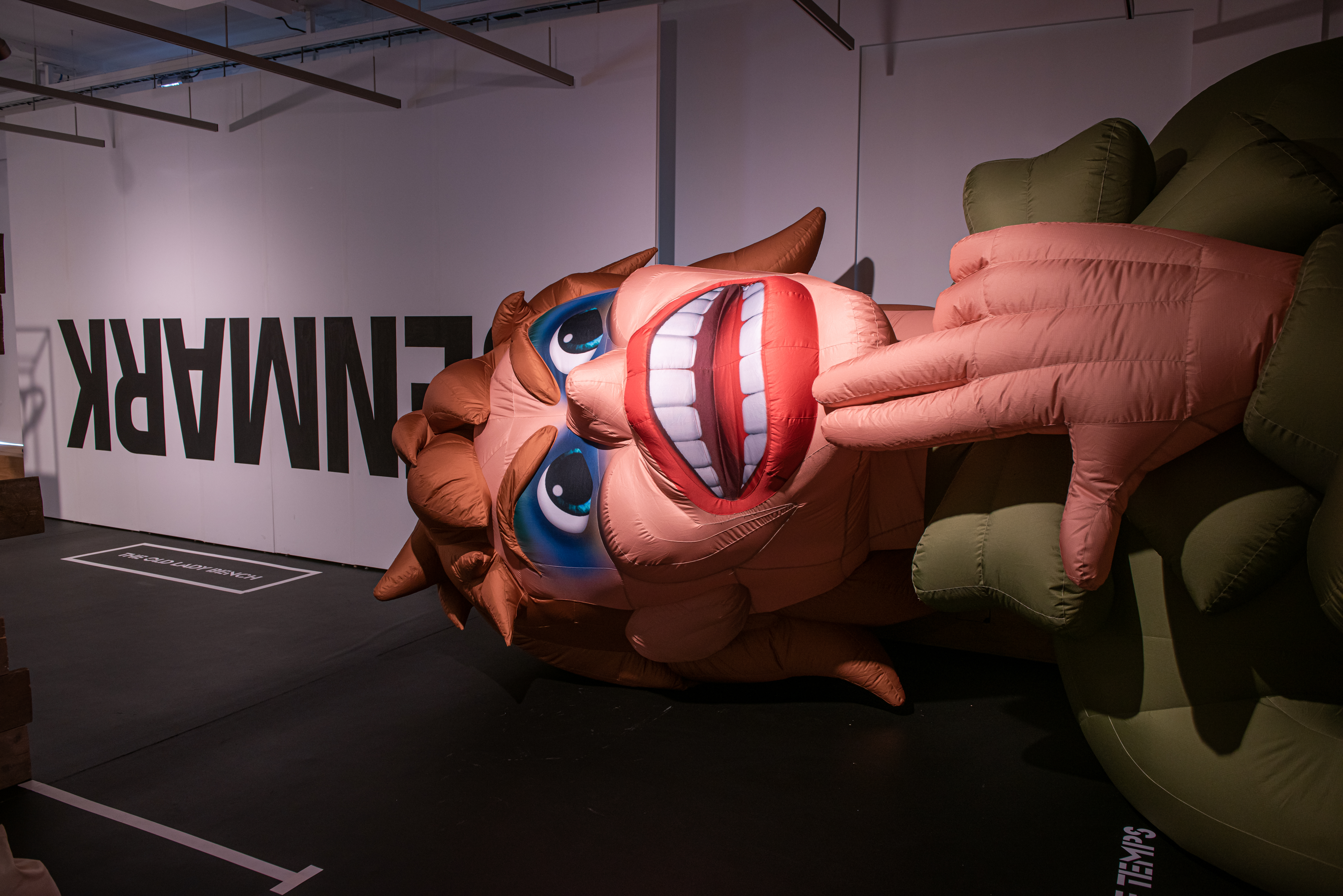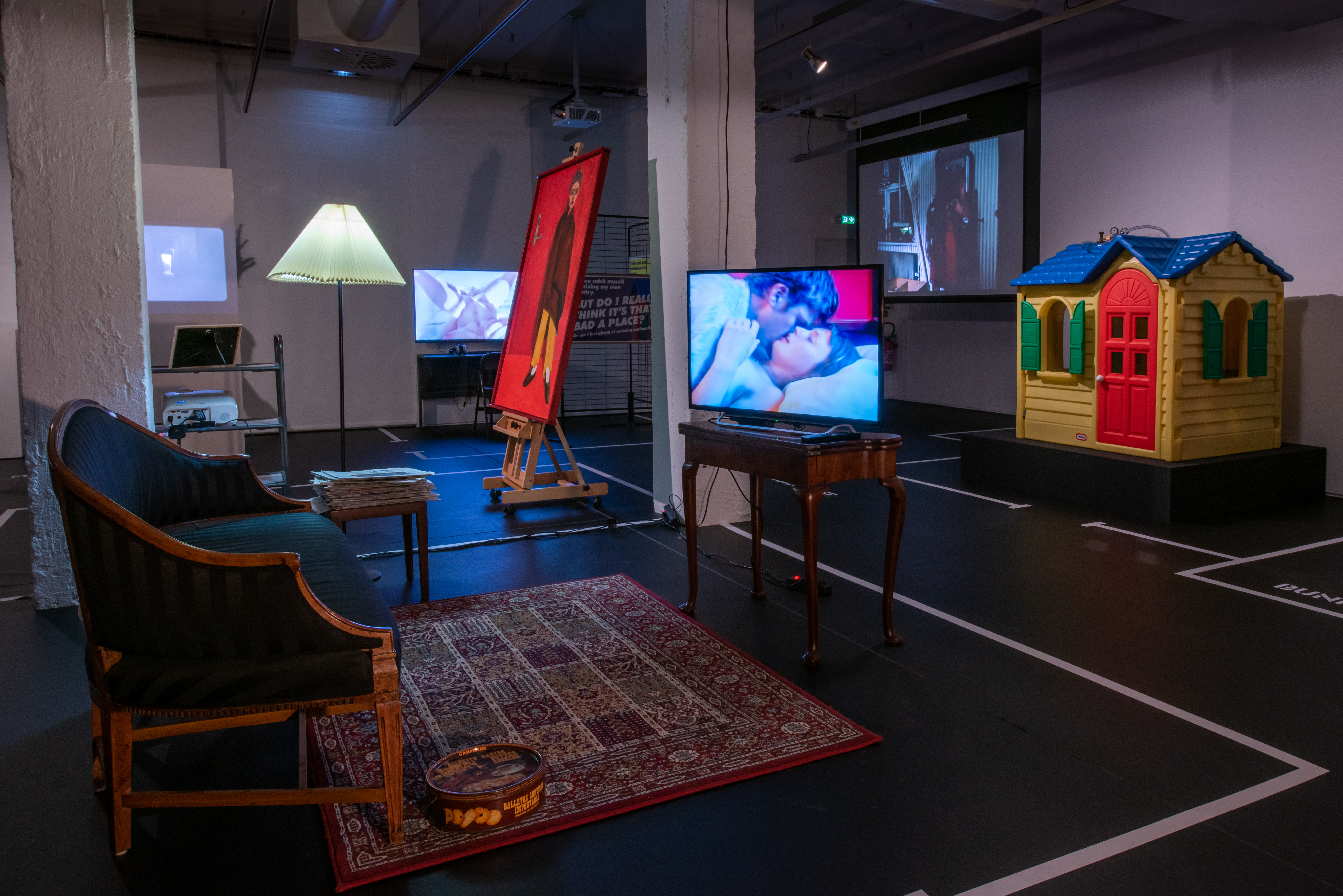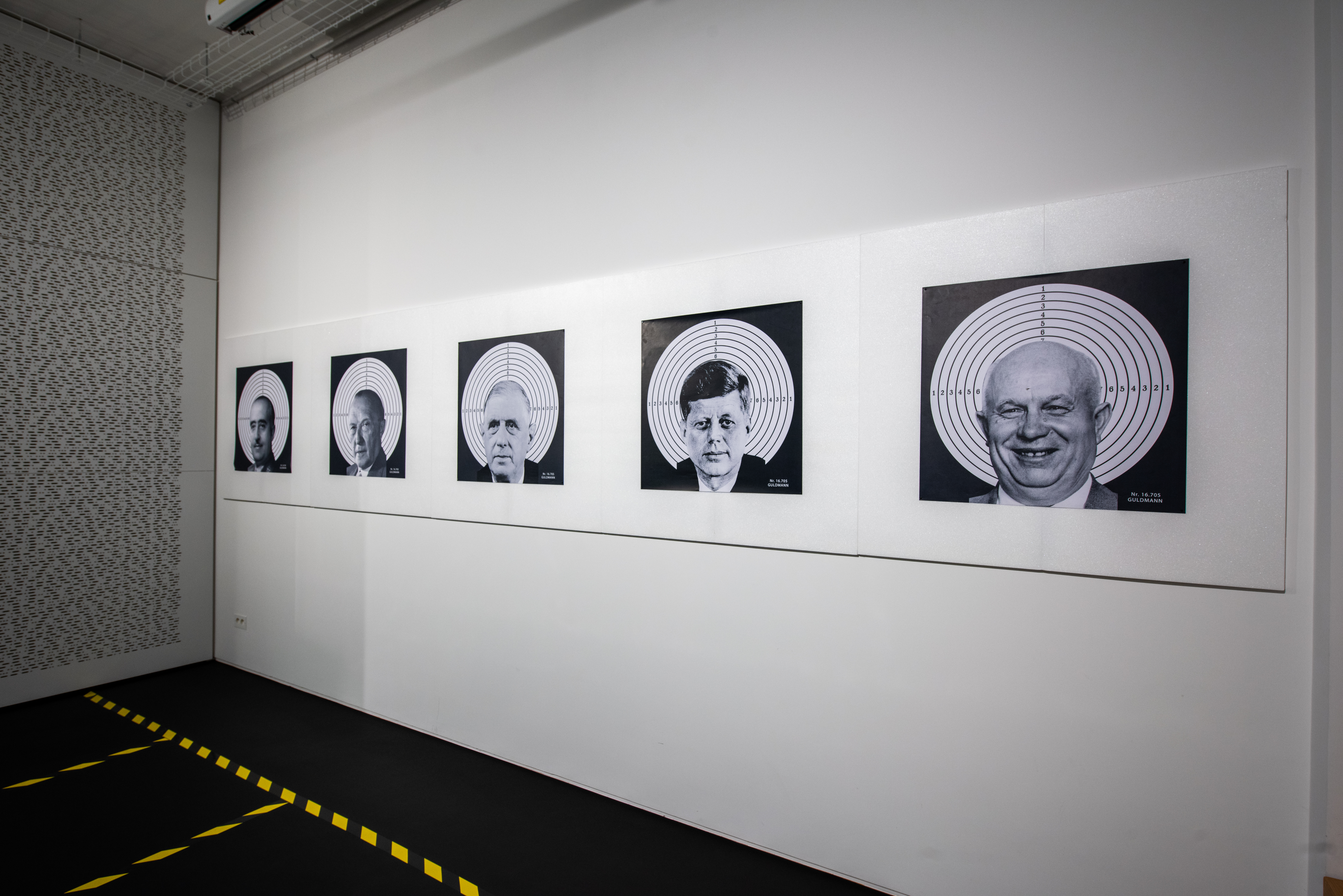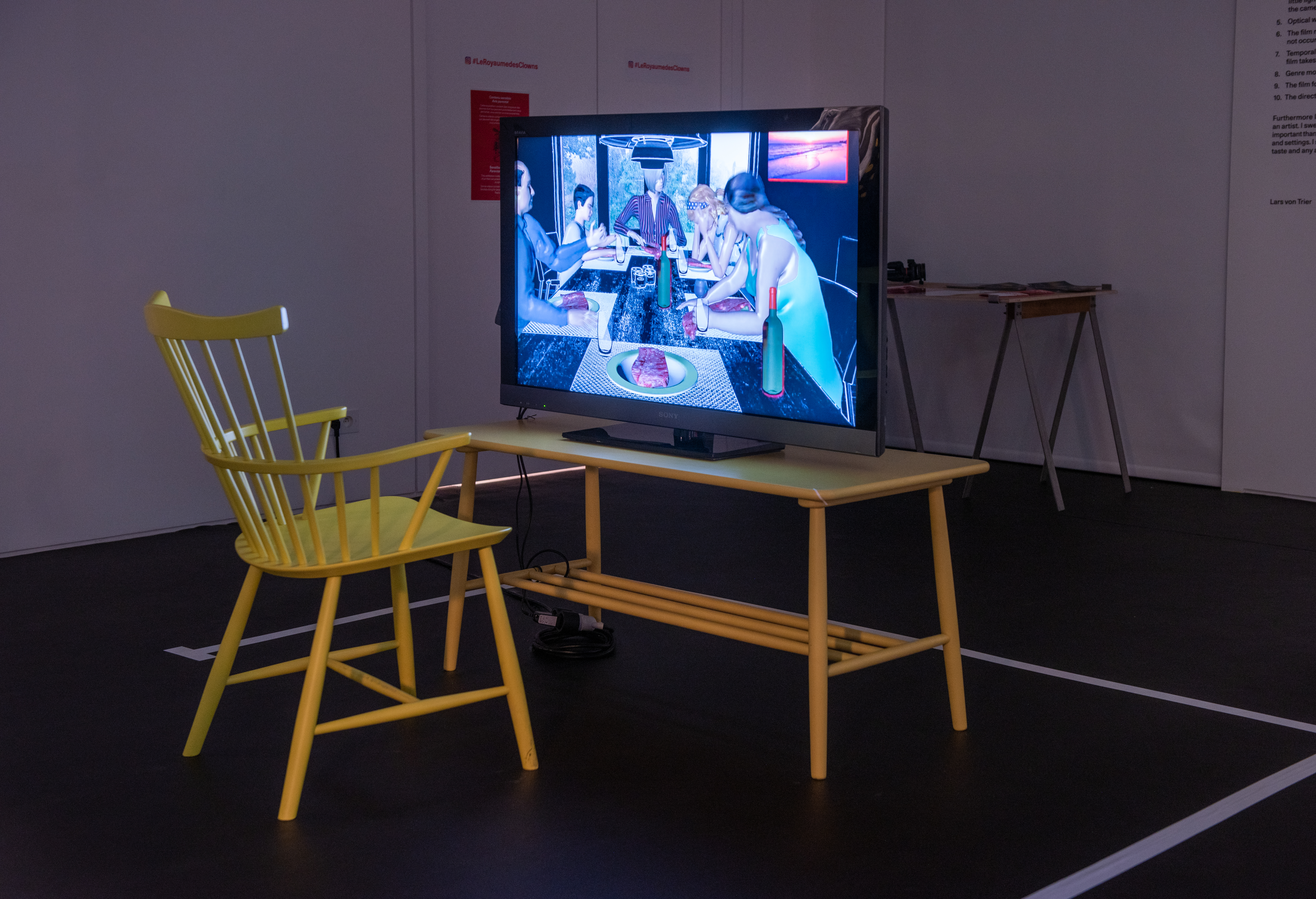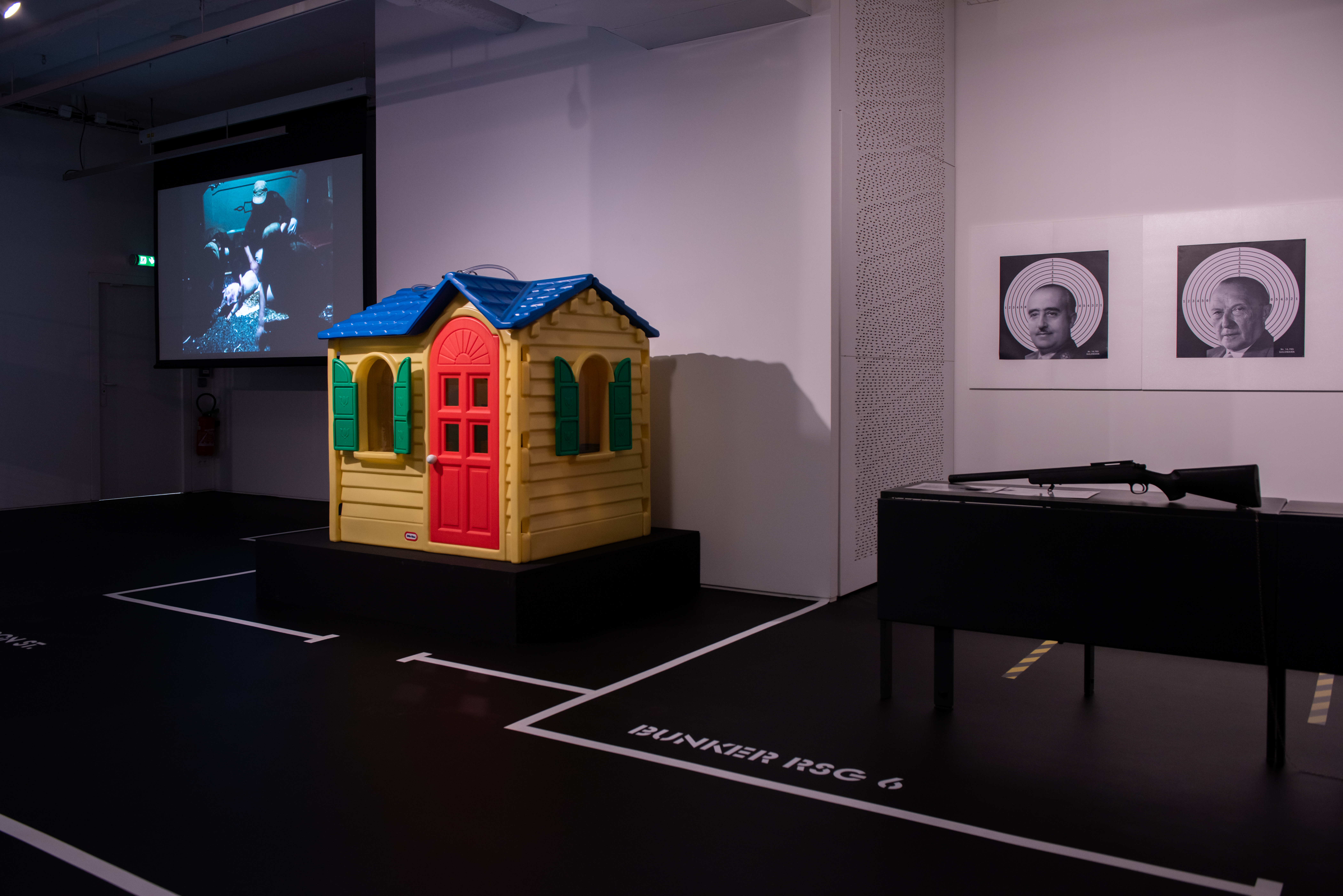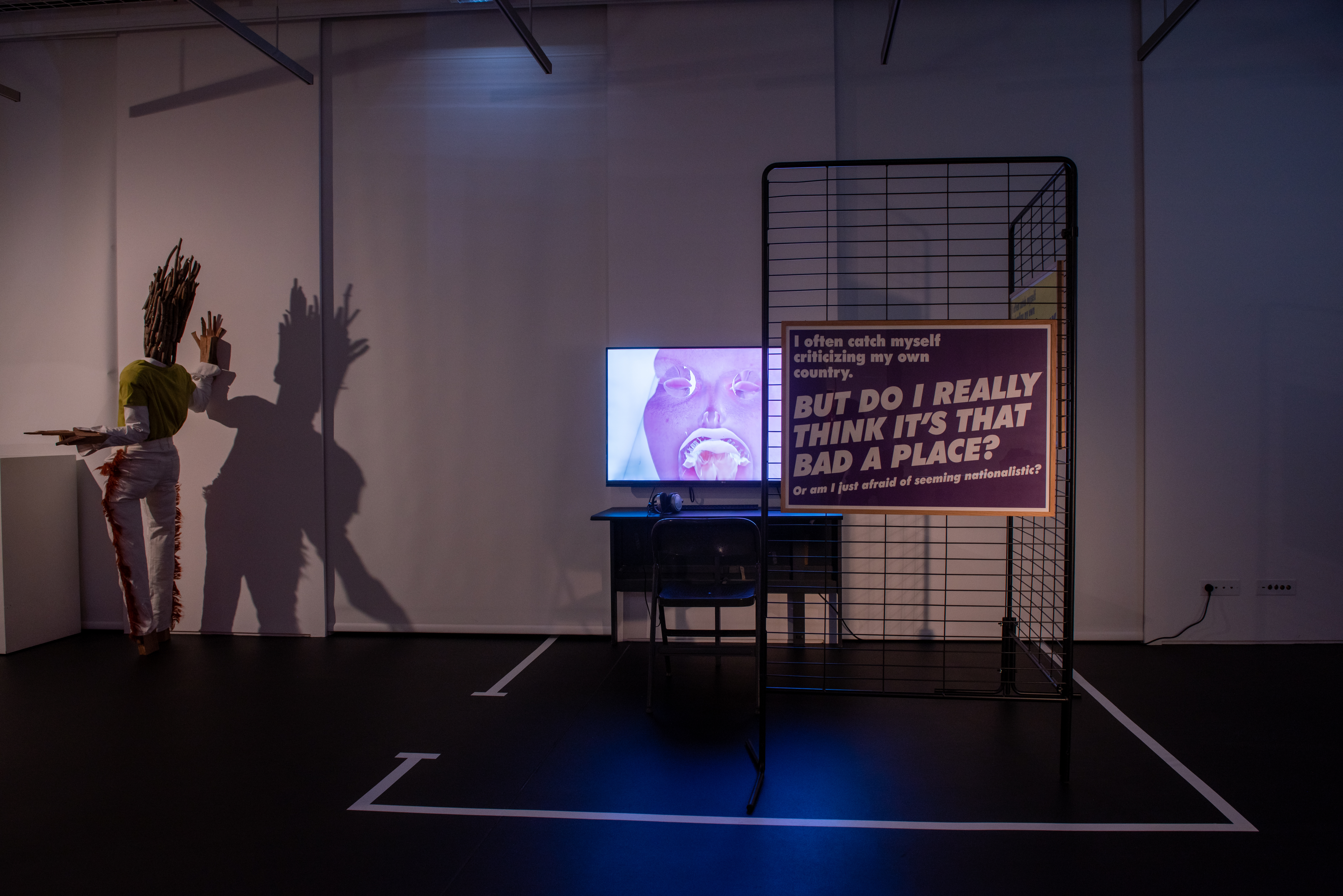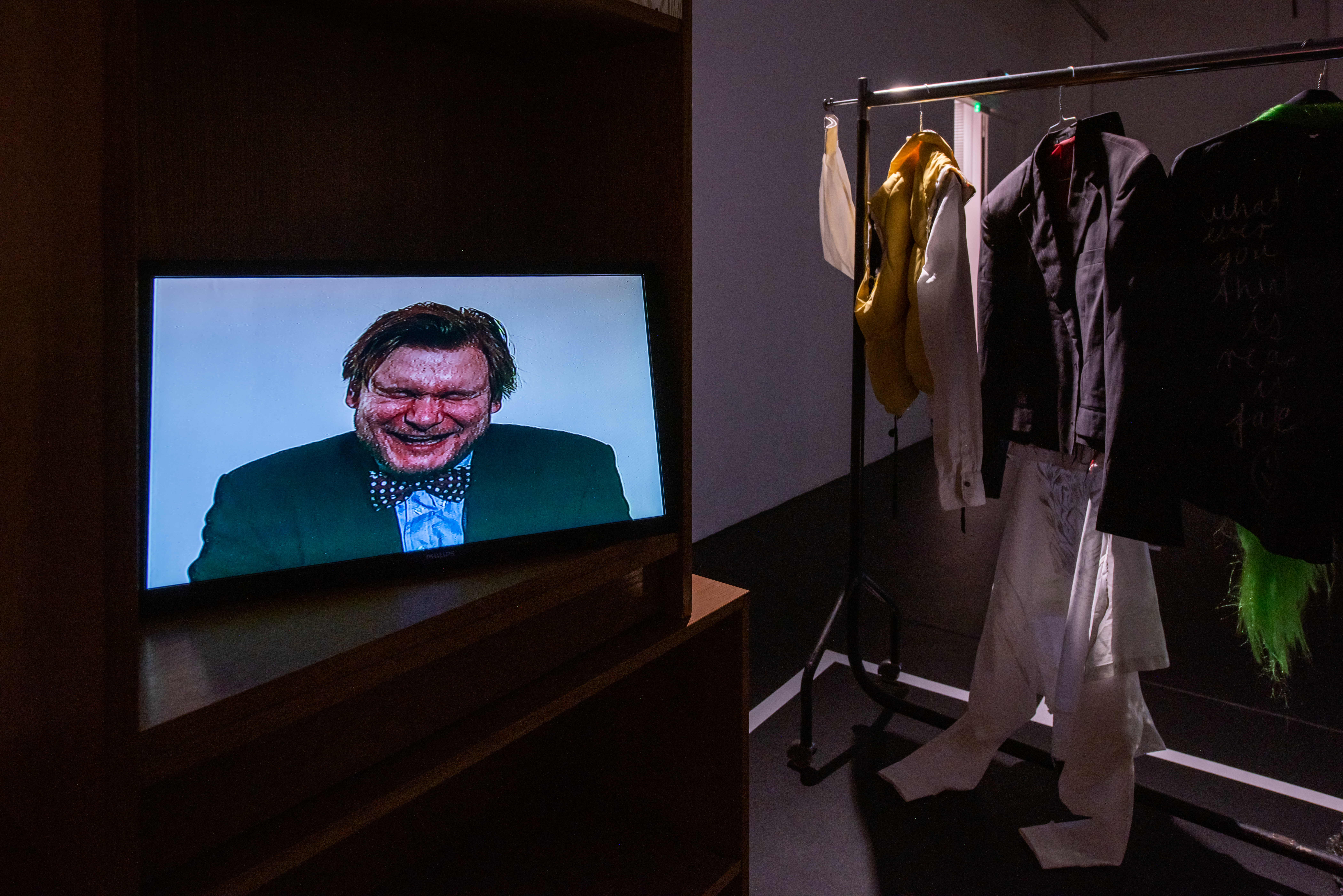Clowns' Kingdom
Clowns' Kingdom
Opening at 7 p.m. on Tuesday 22 March
There is a philosophical brand of Danish humour - the kind of humour that is the politeness of despair. Observing the turmoil of the world and its ludicrous pretensions, the Danes view clowns as an antidote and corrective to Vanity Fair and have a long tradition of art that uses play, laughter, pranks and hoaxes to shake up the various forms of order, norms and the establishment. Through attention-grabbing media stunts, acts of provocation in public space and exaggerations of situations, clowns succeed in making reality teeter.
In this group exhibition, two French curators take a look at a generation of Danish and French contemporary artists.
The figure of the clown was elevated to the rank of totem by the situationists - an avant-garde movement that straddled Paris and Copenhagen. They turned play into a method and made subversion their mantra. Clowns joined the COBRA movement when Asger Jorn mimed making havoc with his Scandinavian Institute of Comparative Vandalism. The clown turned film director with the ABCinema collective and donned drag as the vengeful women in Ursula Reuter Christiansen's Three Girls and a Pig (1972). Sometimes clowns offered pop spectacle, as in Jorgen Nash's decapitation of the Little Mermaid. Sometimes their humour was dark and caustic, as in the comedies The Kingdom, The Boss of It All and The Idiots made by Lars von Trier, Denmark's anarchic Auguste clown. In the cruel satires of Henrik Plenge Jakobsen and Jens Haaning, the clown sparked unease and embarrassment.
Clowns are also present in the art of a more contemporary generation - in Rasmus Myrup's masks and quasi-human figures, pulling faces in Magnus Andersen's pictures, disturbing in the work of Christian Falsnaes, cynical and greedy in Esben Weile Kjær's version, bizarre and warped in Tora Schultz's take. The ubiquity of clowns reflects our culture of virtual avatars in which everyone invents a new identity for themselves - allowing us to cross-dress, become a troll or play the Joker. They also make us laugh in childish astonishment: they have the precious ability to dream up new worlds and invent imaginary universes.
At heart, the clown is also a wise man who is all too aware of our finiteness and our irremediable helplessness. When we are confounded by our earthly lot or faced with the prospect of death and the hereafter, clowns give us the strength to take a lighter view of existence. Kierkegaard too extolled the salutary virtues of silly humour. Laughter and silliness conjure up our shared destiny, for in the kingdom of humankind, we are all ultimately naked and ridiculous, be we valet, clown or king.
Tora Schultz
Pinocchio (1940), 2021.
Blue linoleum, school desk, steel, sculpted pinewood strap
200 x 40 x 34 cm
Photograph: Jean-Baptiste Béranger
- Magnus Andersen
- Ursula Reuter Christiansen
- Christian Falsnæs
- Jens Haaning
- Lise Harlev
- Sidsel Meiniche Hansen
- Henrik Plenge Jakobsen
- Sahar Jamili
- Line Finderup Jensen
- Esben Weile Kjær
- Peter Land
- Ann LIslegaard
- Rasmus Myrup
- Tora Schultz
- Lars von Trier
- Knud Vesterskov
- Co-Ritus
- Situationist Internationale
- Jean-Baptiste Béranger











